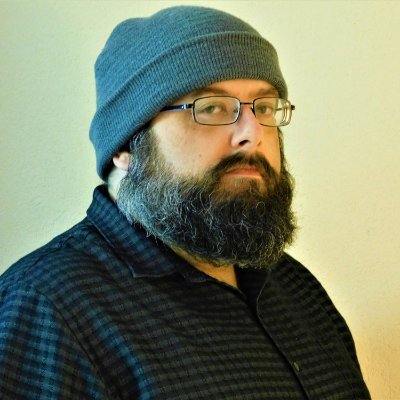Scarlet Witch returns from the dead in X-Men: The Trial of Magneto #2 shocker
X-Men: The Trial of Magneto is turned on its head with #2
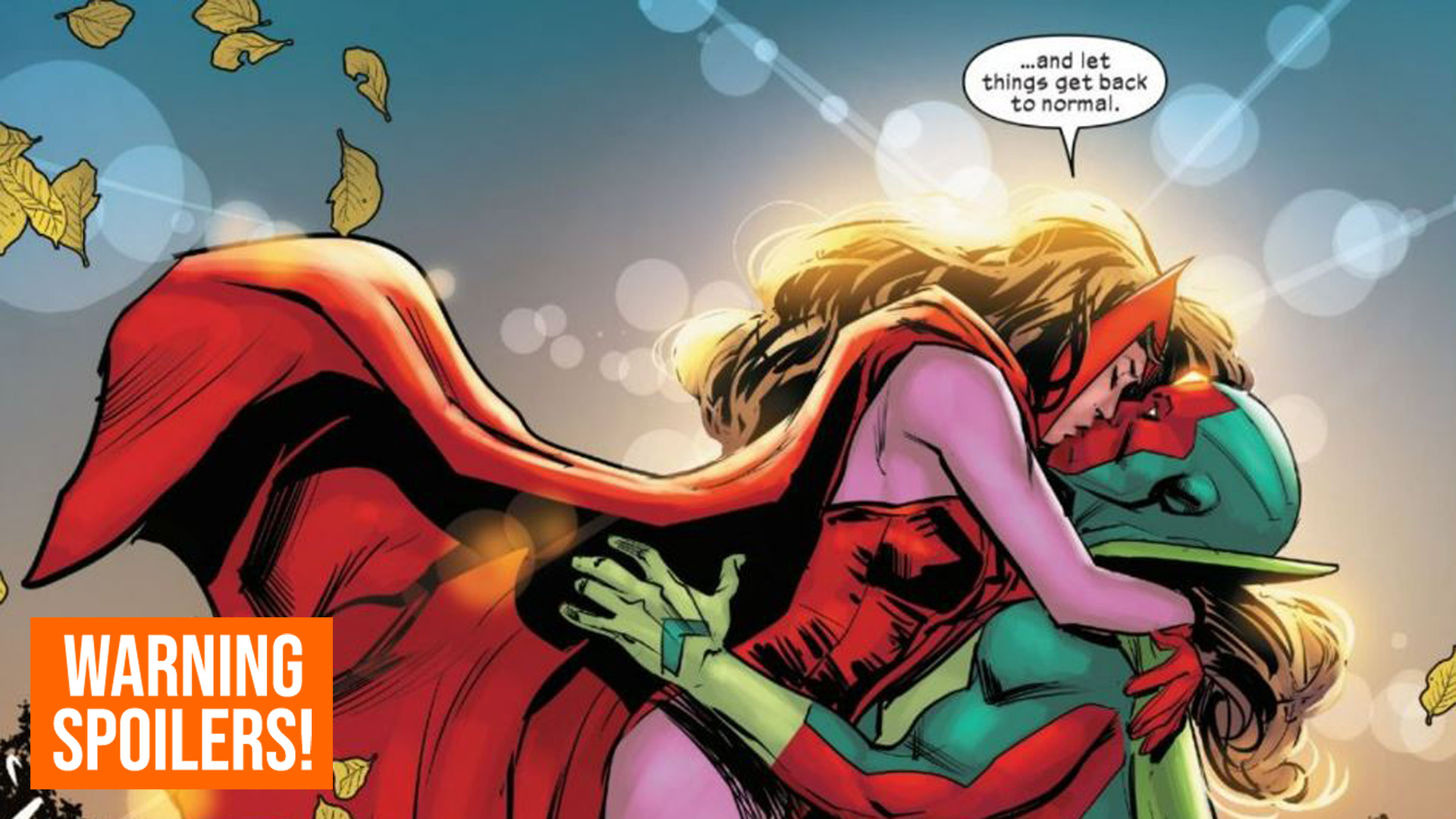
September 15's X-Men: The Trial of Magneto #2 continues the ongoing investigation into the death of one-time mutant (and Avenger) Wanda Maximoff (AKA the Scarlet Witch). Newsarama previously compared X-Men: The Trial of Magneto #1 to a Law & Order episode, but this episode goes full-on into Marvel machinations.
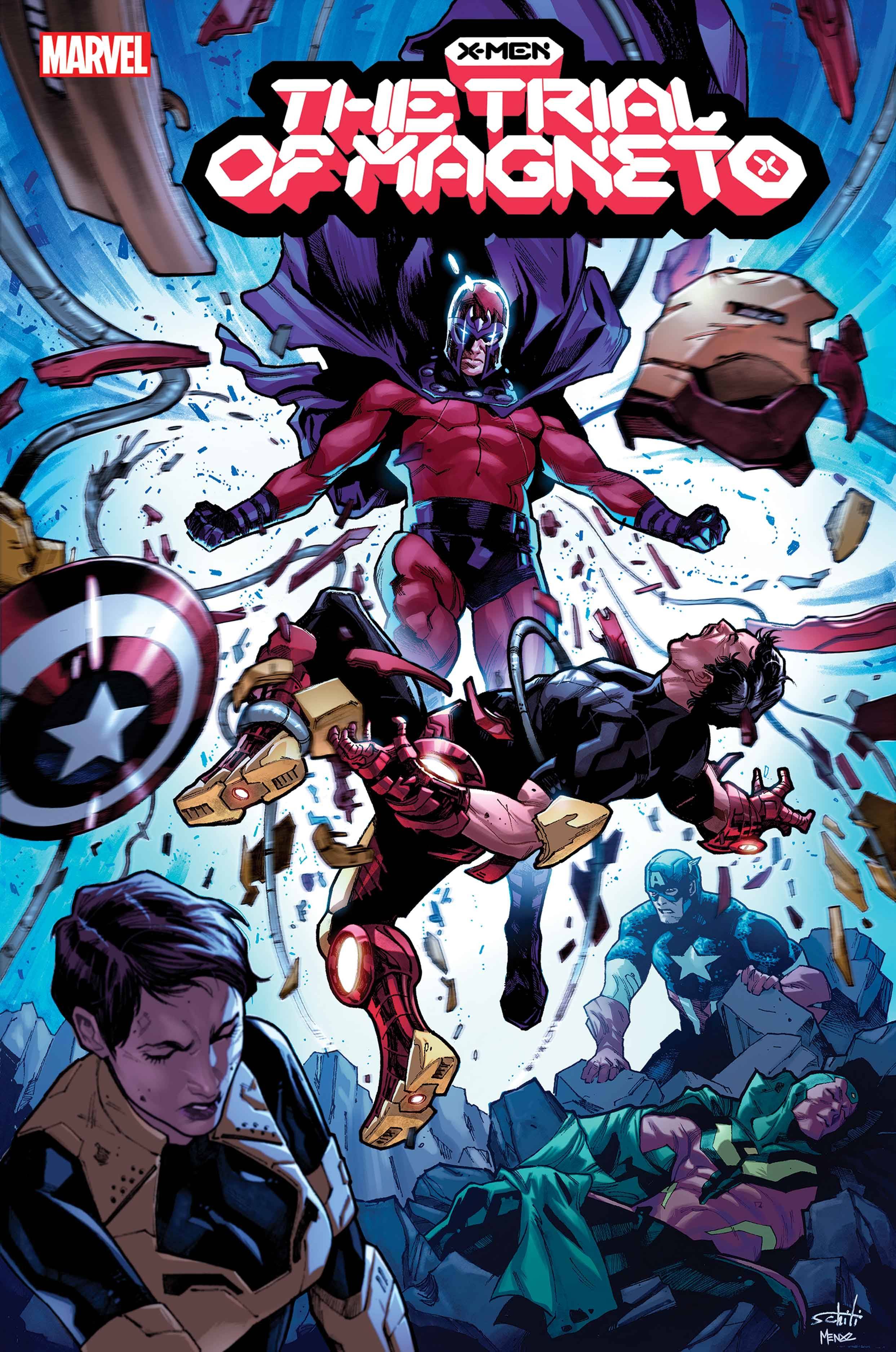
Spoilers ahead for X-Men: The Trial of Magneto #2.
Wanda Maximoff's death is what instigated the trial of Magneto, but by the end of the second issue it's all been turned on its head, as she's back, alive.
The revolving door of death and resurrection has been a cliche of superhero comic books for decades, but in the modern mutant era instigated by 2019's House of X and Powers of X has become an express lane. There's one hang-up, though - Scarlet Witch isn't a mutant. But on the other hand, she is connected to magic.
Let's rundown the key moments of X-Men: The Trial of Magneto #2.
Inside the mind of Magneto
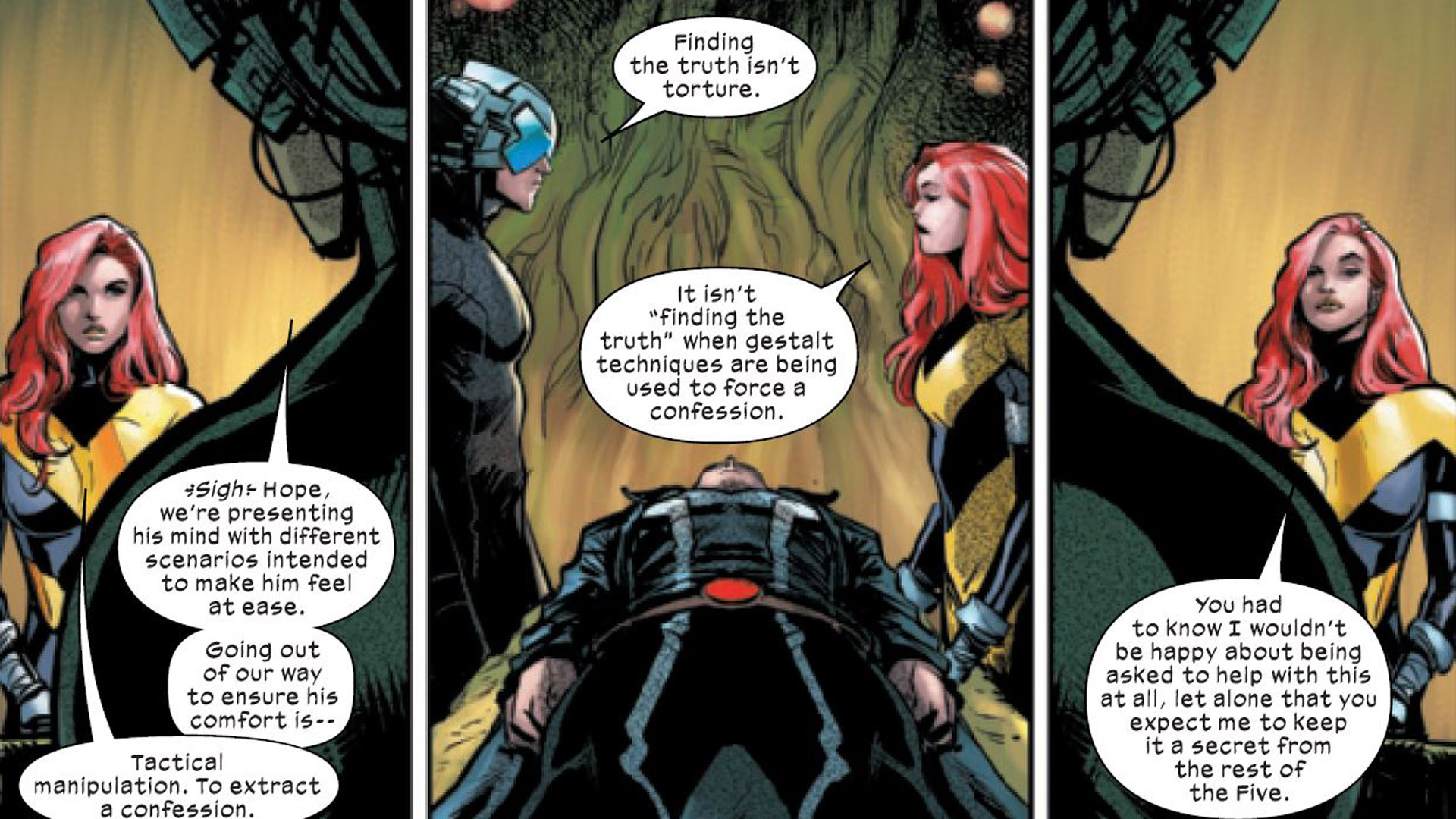
The issue opens with Professor X and Hope Summers using their combined telepathic powers to help suss out Magneto's role in the death of Wanda Maximoff. Hope bristles a bit at this "torture," but Xavier prods her on. Hope casually mentions that she grudgingly acquiesced to do this, and even to keep it a secret from the Five - the group of mutants whose powers combine to allow the resurrection of mutants (more on that in a bit).
Meanwhile, Cyclops, Jean Grey, and Wolverine lead a contingent of mutants to welcome the Avengers - who have come with the stated reason to collect Wanda's body. (Little do they know that it disappeared in the previous issue).
Get the best comic news, insights, opinions, analysis and more!
Avengers come to Krakoa

While this is going on, Polaris and Jean Grey telepathically express concerns the Avengers might see and learn of their secret ability to resurrect their fallen mutant comrades (That's something being investigated by Ben Urich in the main X-Men book as well). Polaris asks Jean to erase the Avengers' memories, but Marvel Girl balks at this notion and expresses hope for another option. That option turns out to be the always-conniving Emma Frost and the Stepford Cuckoos in white, one-piece outfits - which works to distract Tony Stark in particular from noticing their Resurrection Protocols.
Meanwhile, Northstar, Daken, and Prestige investigate Magneto's home for any clues - and find that a Cerebro helmet is missing. Prestige uses her mutant abilities to 'see' the past and learn Magneto took it himself.
A data-driven interlude
A two-page data dump breaks up the comic then, with an eight-pointed anarchy symbol. Two of the arrows point to representations of trees, while the third points to the phrase "Because magic rules itself."
Further text included with this graphic talks about how "Magic knows no master," and refers to a "fraying edge between reality and unreality." This could be referring to a sort of purgatory between life and death, or... something else.
One more phrase that might be glossed over jumps out after our theory yesterday about how the murders of Scarlet Witch and Doctor Strange may be connected. "There is magic even in the intent of driving a dagger." Both Wanda and Stephen were murdered by daggers.
The comic storytelling then returns, showing a floating Scarlet Witch mixed with birds' wings. In the narration (meaning she's apparently alive to narrate this post-death moment), she talks about repeatedly running and being caught by her assailant. She finally gets free, leading to "Darkness. Darkness... and then rebirth. . Darkness.. And then... I wake up."
The Avengers must go from Krakoa

Trial of Magneto #2 then jumps back to the Magneto interrogation, with Hope seemingly alone with Magneto's comatose body. She wakes him up psychically, and instructs a slightly confused Magneto to "make sure the Avengers don't see Wanda's body." After some initial confusion, Hope uses her powers to reiterate her command - which he agrees to.
The story then jumps back to the Avengers' tour of Krakoa, which is interrupted by Magneto attacking the Avengers and their X-Men tour guides. Magneto demands that the Avengers be removed from Krakoa, which prompts the Avengers to lunge into action. But just before they're able to do that, the X-Men ask to handle it themselves as it's on their home turf.
Magneto's daughter Polaris, a recently re-christened member of the X-Men, tries to talk her father down. Meanwhile, Northstar instructs his X-Factor teammates to preserve the area given the scene still might have evidence in their ongoing murder investigation.
The Avengers get fed up with waiting, and have a brief exchange with Magneto - including the Wasp giving him a great uppercut. The confrontation then turns into a war of words between Magneto, the mutants, and Captain America, culminating with Magneto confessing that he "murdered the Scarlet Witch" and asks that the Avengers take him away.
Before they have a chance, time proverbially stands still as the Scarlet Witch floats down from above, very much alive. She says "everything is all right," and asks that they "put it all behind them and let things get back to normal."
Wanda's idea of normal comes into full focus with the full-page finale of Trial of Magneto #2: her jumping into her ex-husband Vision's arms and kissing him.
What does the ending of X-Men: Trial of Magneto #2 mean?
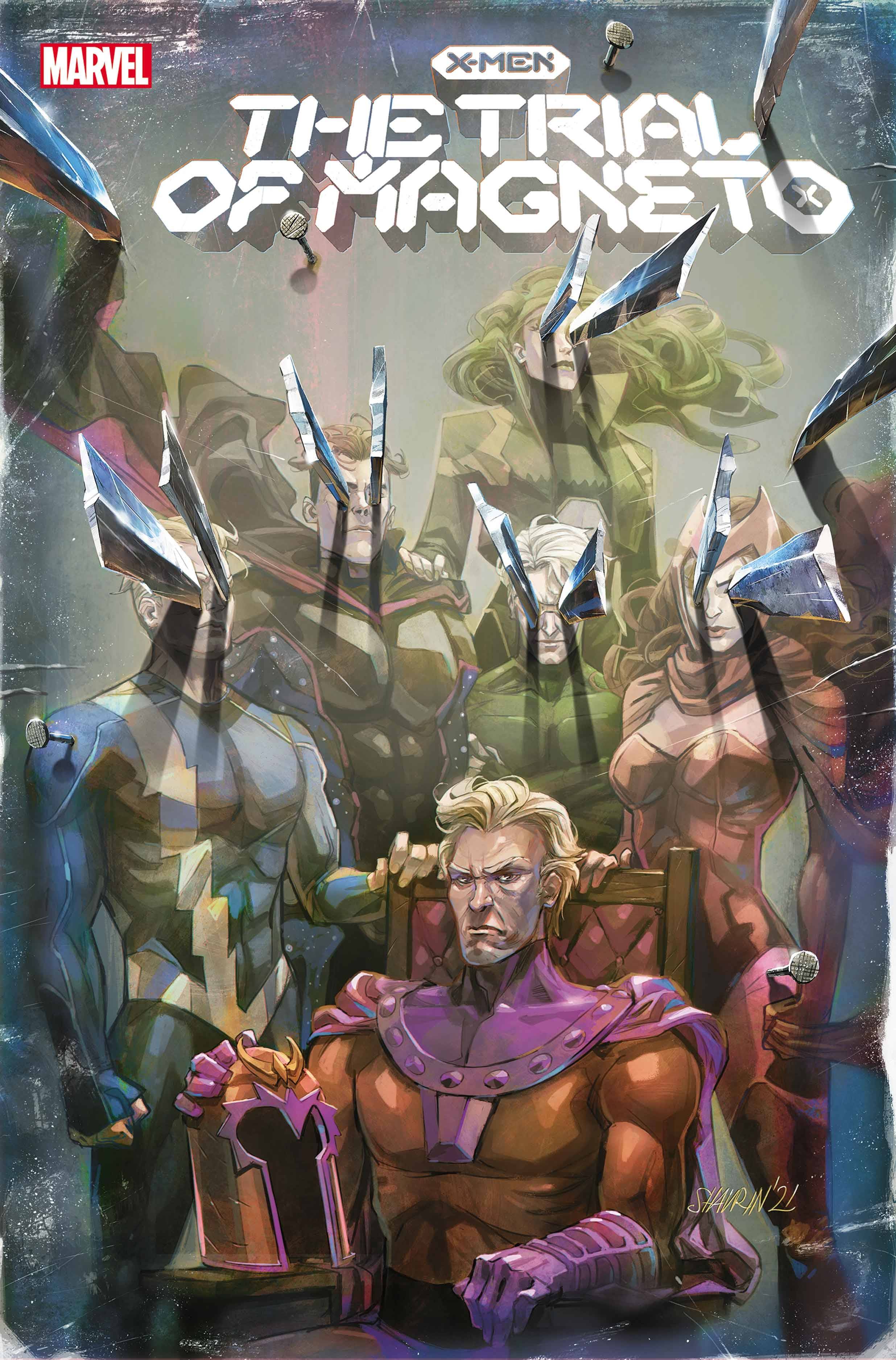
There are a couple of things going on here, so let's break it down one by one.
Although the romance between Scarlet Witch and the Vision might be fresh in our mind given the MCU and particularly Disney Plus' WandaVision, they have been little more than casual friends (and in some cases bitter exes) since they decided to annul their marriage in the late '90s during West Coast Avengers. Marvel isn't clear on how much time has passed inside its universe, but for comic book fans it's been over 20 years.
So could this be Wanda, fresh off a brush from death, hoping to reconcile with her ex-husband? That's possible, but a brief bit from Trial of Magneto #1 hints at something else.
When the prospect of resurrecting Wanda via the newly-minted mutant resurrection protocols was considered by the Quiet Council in the previous issue, Xavier mentioned that despite her not being a mutant they could be resurrected - but with a catch.
"An entirely unique choice, at that. One not afforded to any other. Seeing as Wanda and Pietro are the sole non-mutants to deceive Cerebro long enough for there to be actual backups. Very, very old backups. But... yes. They are there."
Wanda and Pietro were considered mutants up until 2014's Axis when they were revealed to be humans experimented on by the High Evolutionary. But it's possible backups weren't kept as regularly back then (who keeps good backups, amirite?) so it's possible the last version goes back to the '90s, or possibly earlier when Wanda and Vision were a thing.
As readers of Trial of Magneto #1 are saying right now, didn't the Quiet Council vote against resurrecting Wanda? They did. But in the subsequent New Mutants #21, the five mutants who do the actual resurrecting are beginning to go against the Quiet Council and their decision on who should be revived and who shouldn't. They've already resurrected one mutant against the Quiet Council's orders (Scout, a New Mutant), so Wanda could possibly be the second.
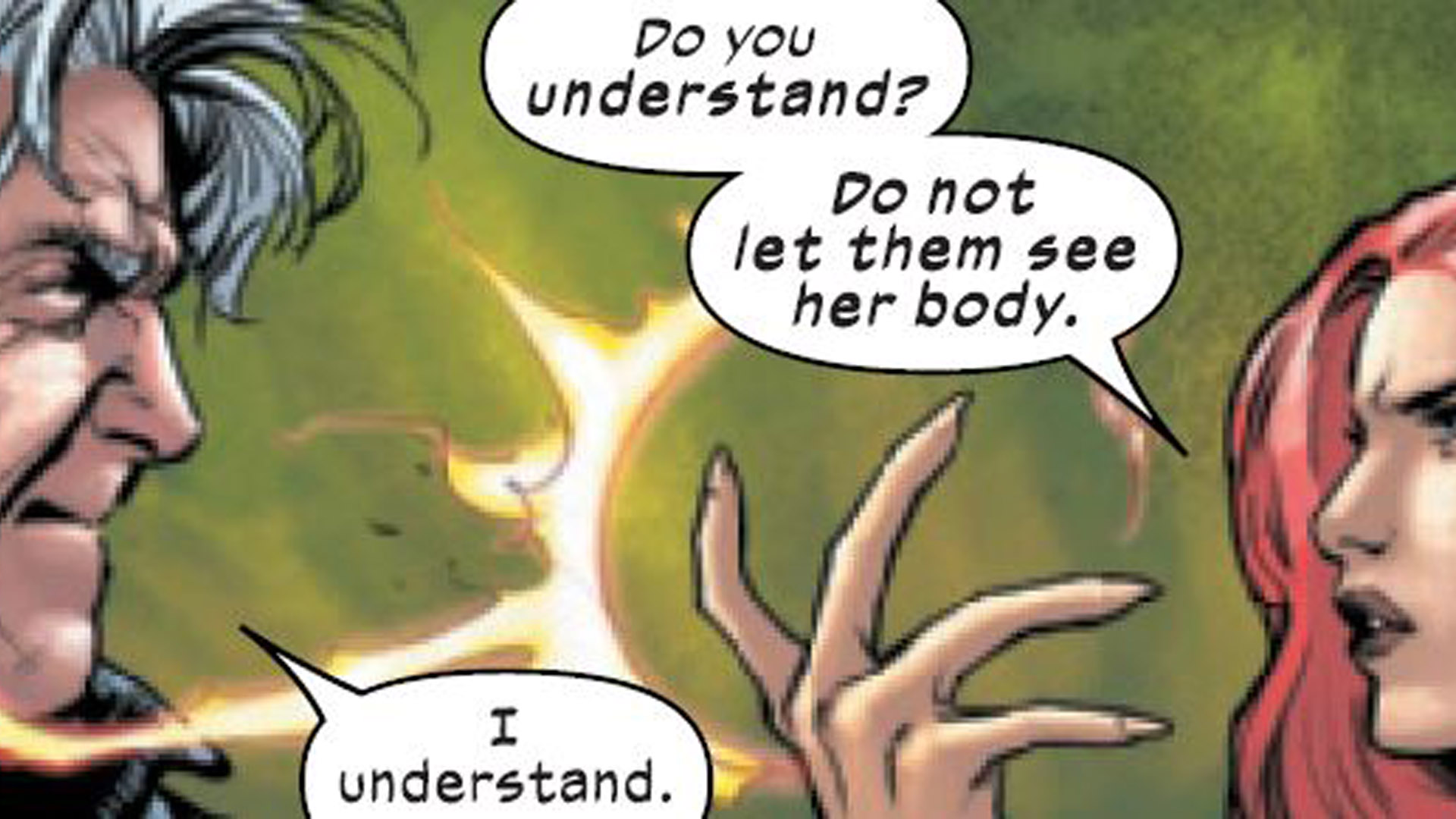
That ember of an idea is further flamed up with the aforementioned role Hope Summers plays in Trial of Magneto #2 - balking at Xavier's tactics with Magneto, then waking up the Master of Magnetism and encouraging/forcing him to confront the Avengers. Hope is, we will remind you, one of the Five; her powers are used to heighten and focus the other four's powers to make the overall process go as seamlessly as possible.
While the core reason for Hope's possible decision to do this remains unclear, but how she set Magneto into motion to confront the Avengers touches upon another bit of modern mutant affairs. By confronting (and then confessing) to the Avengers, Magneto would likely be arrested and removed from Krakoa by the Avengers.
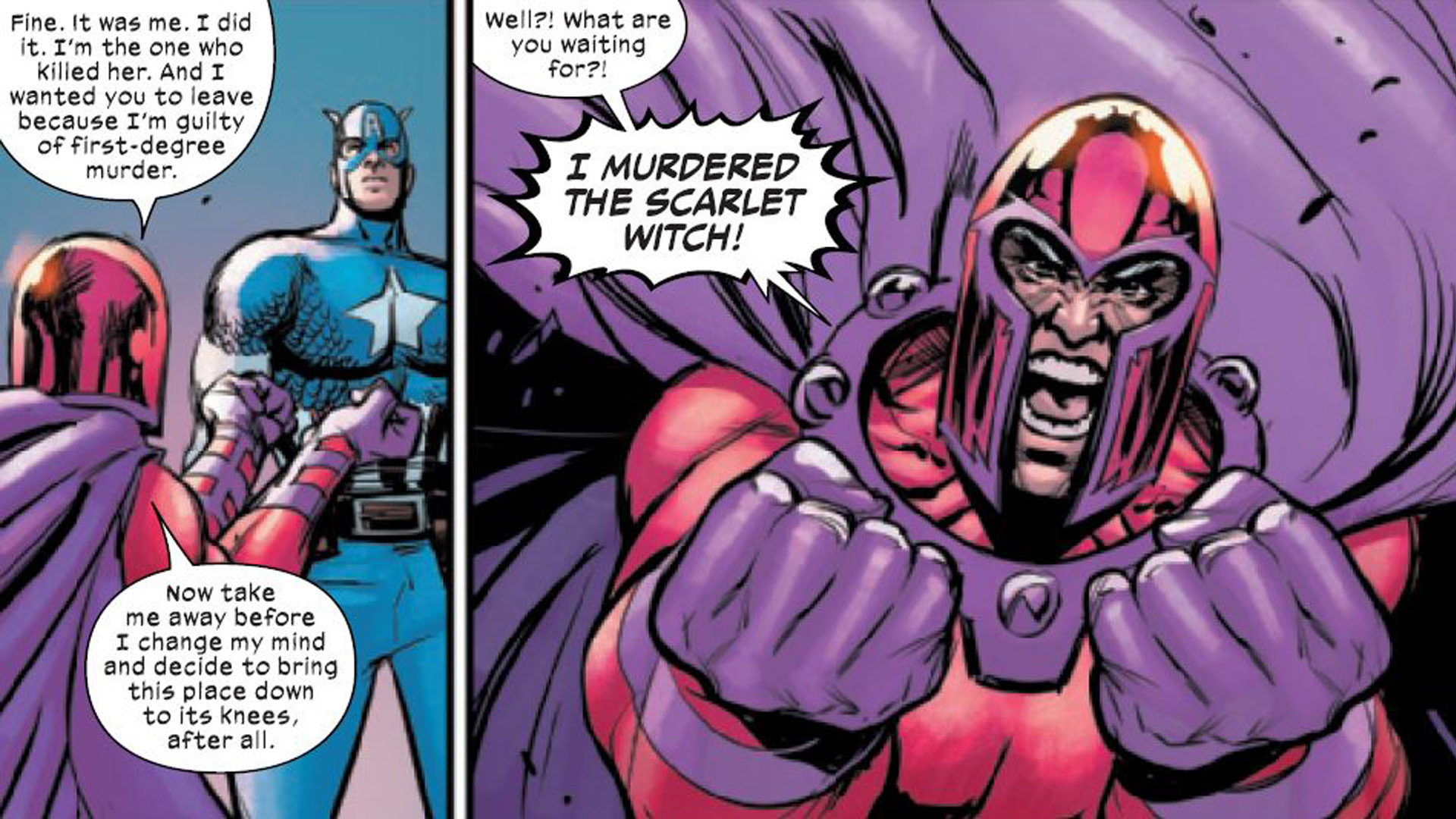
That's important because one of the three key laws established with the advent of this mutant utopia is a rule against killing humans. If Wanda isn't a mutant, she's a human - and no matter what, she's an Avenger. But if Magneto were to be prosecuted by mutantkind for the killing of a human, he could be sentenced to the cold fate others have had - permanent stasis for the rest of his life. Magneto knows this well, as he was on the Quiet Council when they ruled to convict Sabretooth of killing humans and punished by this eternal stasis. But if Magneto were taken off Krakoa, he wouldn't be subject to that fate.
Meanwhile, the question of who murdered Wanda still remains a mystery. Although her seeming resurrection may blunt the fervor for answers a little, the method by which she was resurrected - and that line about "a dagger" - remains pointed enough to be pursued in the remaining three issues of Trial of Magneto (and possibly elsewhere).
The story continues on October 20 with X-Men: The Trial of Magneto #3, which we have a preview of.
All this talk about Wanda in comics and TV got us thinking about the agency (or lack thereof) of Scarlet Witch in the Marvel U.
Chris Arrant covered comic book news for Newsarama from 2003 to 2022 (and as editor/senior editor from 2015 to 2022) and has also written for USA Today, Life, Entertainment Weekly, Publisher's Weekly, Marvel Entertainment, TOKYOPOP, AdHouse Books, Cartoon Brew, Bleeding Cool, Comic Shop News, and CBR. He is the author of the book Modern: Masters Cliff Chiang, co-authored Art of Spider-Man Classic, and contributed to Dark Horse/Bedside Press' anthology Pros and (Comic) Cons. He has acted as a judge for the Will Eisner Comic Industry Awards, the Harvey Awards, and the Stan Lee Awards. Chris is a member of the American Library Association's Graphic Novel & Comics Round Table. (He/him)
